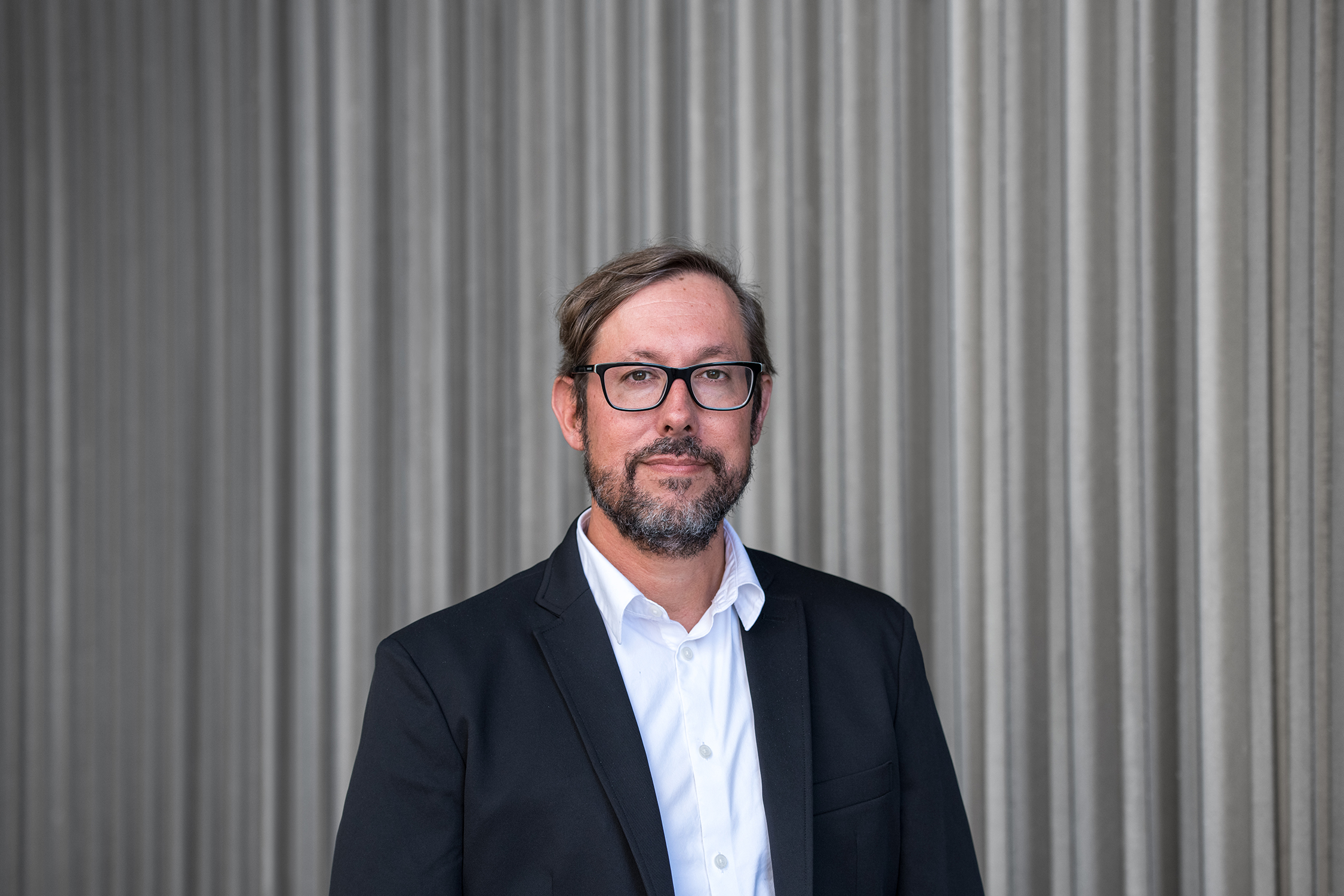
Contributor: Margaret Hancock
What was your personal path to becoming an architect?
Accounts from my mom say that I wanted to be an architect early on. When visiting Virginia Tech, I fell in love with the architecture school and in my fourth year, had the good fortune of interning in Europe. That internship proved a formative experience for me as I spent six months in Berlin working alongside two Tech grads as they operated their international office.
Now that you have your own firm, what is it like practicing in your hometown of Norfolk?
When I returned to Norfolk following four years of practice in the Washington D.C. area, I thought I was coming for a visit before moving on to New York City or Chicago. I quickly saw the opportunities within Norfolk, both with architecture and with my cultural interests.
My partner Mel Price and I launched our firm, Work Program Architects, in 2010, merging our diverse clients and contacts as well as our collective backgrounds in historic preservation, adaptive reuse, cultural facilities, commercial work, higher education, advocacy, and residential properties. Place-making is such an essential element of our work, and it is even more meaningful to be making places in my hometown of Norfolk.
Is there a particular project that stands out for you in your career?
Yes. Two, actually.
The first is a project called The Plot, where we actively affected change through design and at the ground level. Norfolk’s plans for a new convention center and hotel stalled during the recession and a chain-link fence and blighted appearance was left in its place. Through a leadership position and the hosting of public charrettes, we engaged the community and connected to businesses, artists, and diverse individuals. We leveraged resources and reused assets the city had in storage to activate the space as a public arts park. It lived for over a year and, when the time came for the convention center and hotel, we gracefully moved it to activate another space in Norfolk.
Brown Hall is the second project that comes to mind. This academic building at Norfolk State University had reached the end of its lifespan and we won a commission, with Dills Architects and a team of consultants, to design the new Brown Hall. The project took five years from award to completion. In that time, we propelled our firm into the higher education world. We also grew and we forged new alliances that have really helped to strengthen our connections within the community.

What advice do you have for others seeking to strengthen their communities through design?
Get to know as many members of the community as possible. As community leaders, it is not just about knowing fellow architects or government officials. Seek out and engage the creative minds, the entrepreneurs, and the local business owners. Serve on boards. Volunteer. And engage across the entire community.
If you could describe your practice in one word, what would that be?
Nimble.
We launched our firm in the recession and have found continued success over the last decade through a nimble approach to work, design, projects, collaborations, leadership roles, and audiences.
